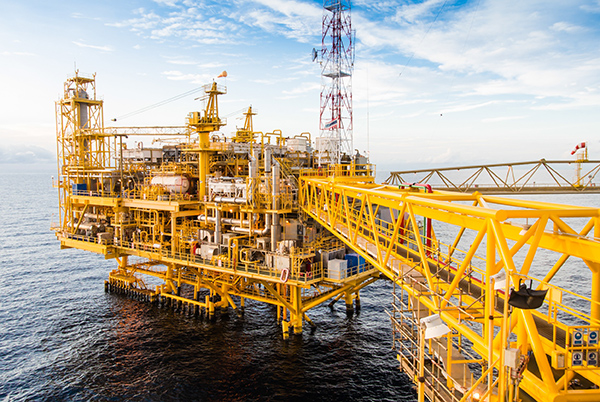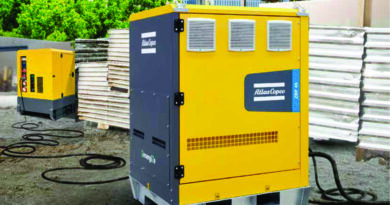Reducing emissions in oil & gas production
Taking oil and gas out of the ground, processing it, and delivering it to consumers accounts for almost 15% of global energy-related emissions – more than all the emissions produced by the United States or twice the emissions of the entire European Union. In its latest report, Emissions from Oil and Gas Operations in Net Zero Transitions, the IEA shows how the oil and gas industry can slash these emissions by 60% between now and 2030, using just a fraction of the windfall income accrued from record energy prices in 2022.
Executive Director of the IEA, Dr Fatih Birol highlights that this year’s COP28 Climate Change Conference in the United Arab Emirates, a major oil and gas producer, presents a key moment for the industry to demonstrate a real commitment to cutting emissions. In his commentary on the new report, Dr Birol writes: “The oil and gas industry has the technologies, the money and the know-how to cut its emissions by 60% by 2030. And it has the responsibility to do so. This is a moment of truth: if the oil and gas industry wants to be taken seriously in climate discussions, it has to clean up its act.”
The new report examines the immediate steps the oil and gas industry needs to take to reduce its emissions footprint significantly and help move the world closer to meeting its international energy and climate goals. It is intended to inform discussions in the run-up to the COP28 Climate Change Conference in Dubai in November and forms part of a broader World Energy Outlook special report being released this year, examining the role of the oil and gas industry in net zero transitions.
The production, transport and processing of oil and gas emitted the equivalent of 5.1 billion tons of CO2 in 2022. In the International Energy Agency’s Net Zero Emissions by 2050 Scenario, the emissions intensity of these activities would fall by 50% by the end of the decade. Combined with the reductions in oil and gas consumption in this scenario, this would result in a 60% reduction in emissions from oil and gas operations to 2030.
The report identifies five key levers to achieve this reduction, including: tackling methane emissions; eliminating all non-emergency flaring; electrifying upstream facilities with low-emissions electricity; equipping oil and gas processes with carbon capture, use and storage; and expanding the use of low-emissions hydrogen in refineries.
It indicates that around USD 600 billion spending is required this decade to achieve the cut in oil and gas emissions, noting though, that this is only a fraction of the record income that oil and gas producers accrued in 2022. Many of the proposed measures would also generate additional income streams by avoiding the use or waste of gas, so the upfront spending required could be quickly recovered.
Tackling methane emissions is flagged as the most important measure to limit emissions from the industry’s operations. It is also one of the most cost-effective and impactful measures to cut emissions across the economy and limit near-term global warming. Earlier this year, the IEA released the latest update to its Global Methane Tracker, which found that methane emissions remained stubbornly high in 2022, despite the headwinds of the global energy crisis.
Oil and gas companies accounting for just under half of global oil production today have announced plans to reduce emissions from their operations. However, the IEA suggests that a far broader coalition – with much more ambitious targets – is needed to achieve meaningful reductions across the oil and gas industry and beyond.
The IEA will also be publishing a broader special report ahead of COP28 that will help map out a path for oil and gas producers in the transition to net zero emissions.
For more information visit: www.iea.org/reports




